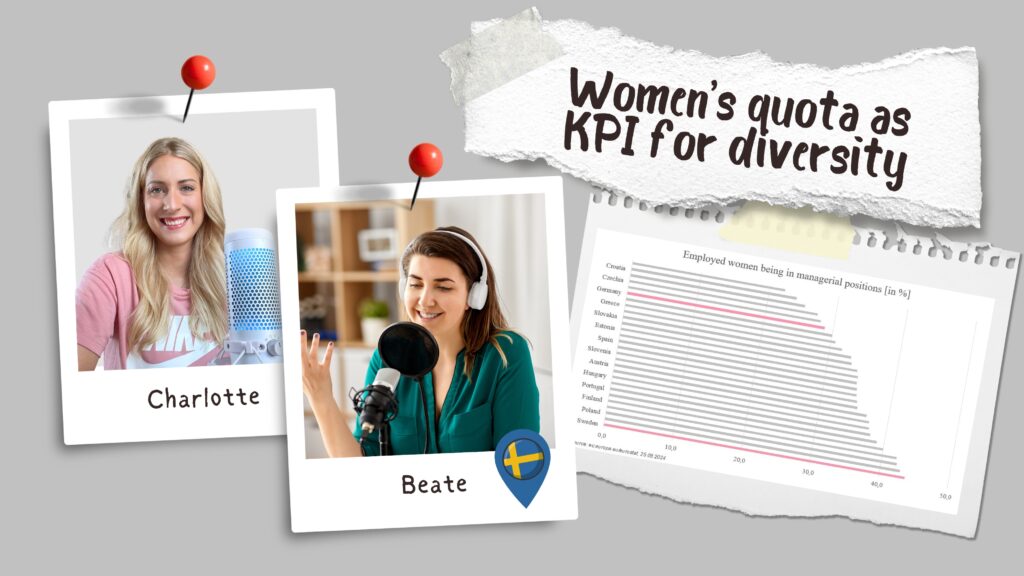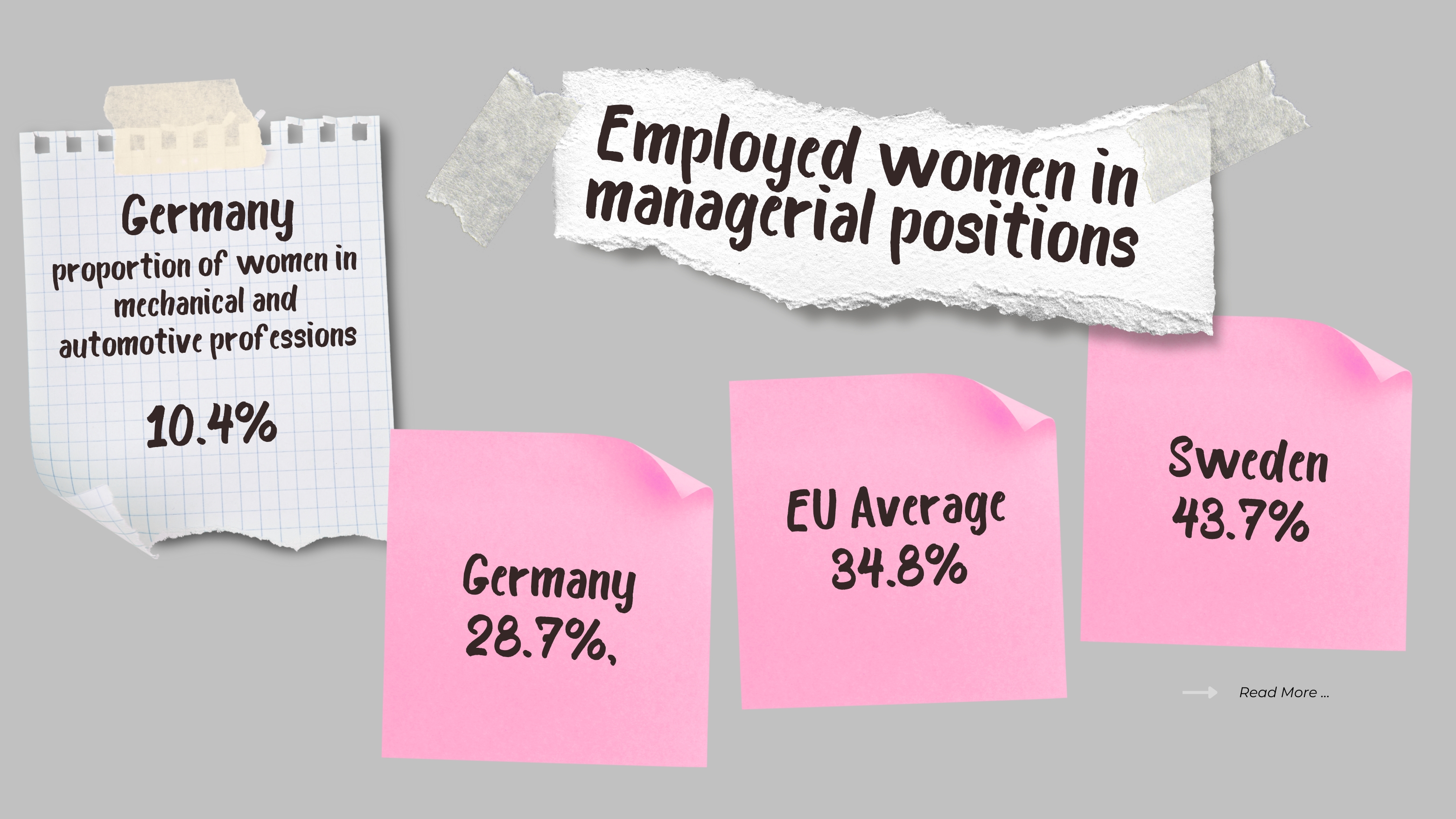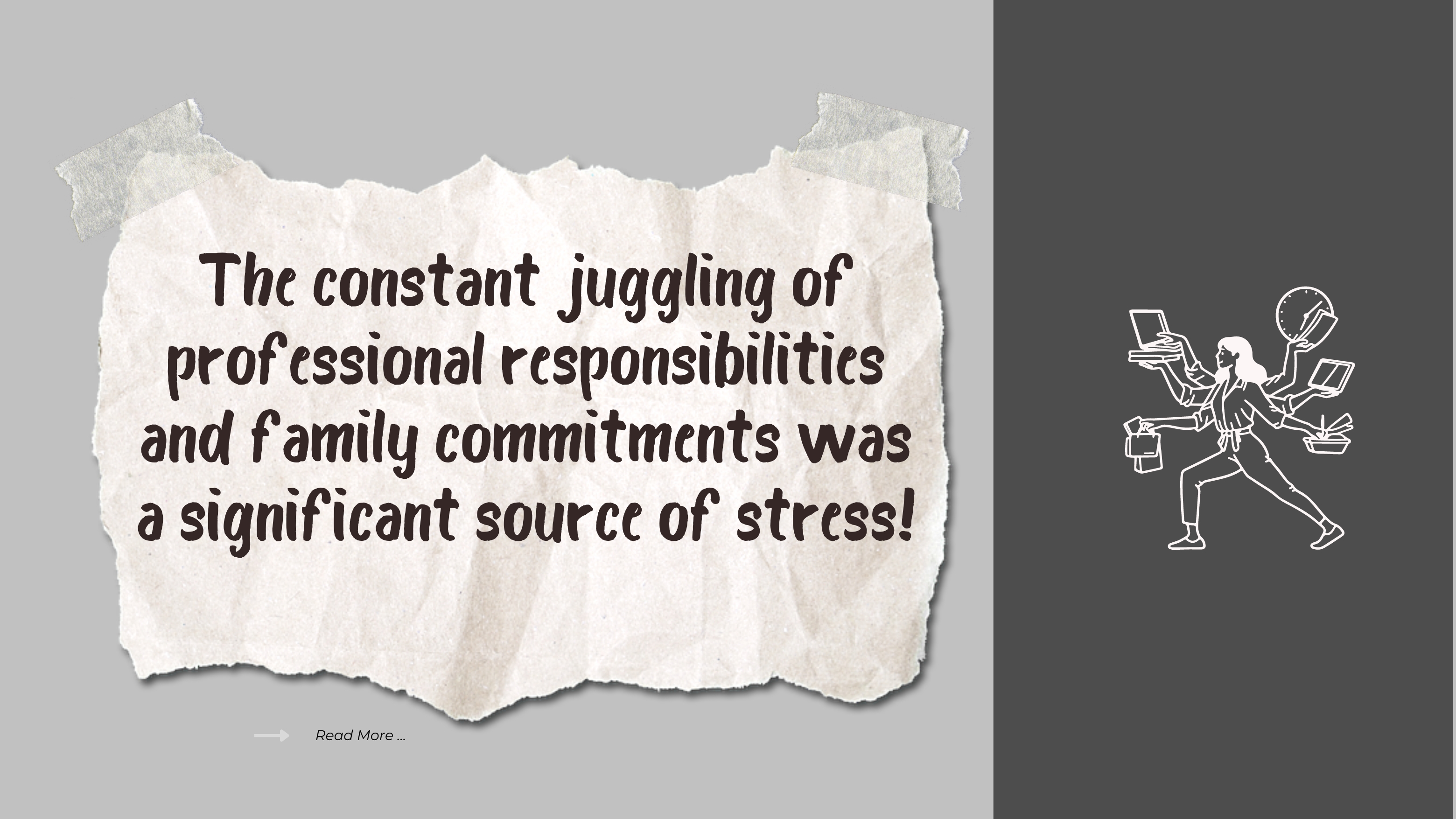
02/08/2024
The concept of using a women’s quota as a KPI for diversity is quite intriguing. While quotas alone won’t resolve the issues that hinder women’s career progression, they serve as a powerful metric reflecting the state of our society.
Germany lags behind in gender equality, with only 28.7% of managerial roles held by women, while Sweden leads Europe with 43.7% of women in management, nearing gender parity in leadership.
I interviewed Beate, an accomplished engineer originally from Germany, who has spent the past 14.5 years living and working in Sweden, to gain her insights on the origins of these differences.
What began as a six-month program quickly evolved into a long-term stay. Today, Beate serves as an FMEA Mentor & Facilitator, Functional Safety Manager, and currently works as an Issue Manager for Toyota Material Handling Manufacturing in Mjölby.

Differences between Germany and Sweden in terms of work-life balance
In Germany, Beate often felt guilty about leaving work early, only to still arrive late to her daughter’s school event. This constant juggling of professional responsibilities and family commitments was a significant source of stress.
In Sweden, however, her colleagues would encourage her to attend her daughter’s school performance, emphasizing that it was already time to leave. In Sweden, it is a given that both men and women participate in their children’s school activities. On the last day of school in summer, parents spend the day with their children, leaving offices nearly empty.
When asked whether this level of flexibility affects workplace morale or efficiency, Beate is clear: it doesn’t. In fact, she believes that such practices lead to higher motivation and a stronger commitment to work. Employees return to work feeling refreshed and without the lingering guilt that often accompanies balancing family and professional duties. The team mentality is strong in Sweden, and when scheduling meetings or business trips, employees’ personal commitments are often taken into account.
Impact of Sweden’s parental leave model on gender equality
In Germany, it’s not uncommon to hear comments like, “Do you really need to take a month’s parental leave? Don’t you have a wife at home?” Additionally, the decision on who takes parental leave often hinges on salary differences, with the higher earner typically staying at work. This perpetuates traditional gender roles, where men continue their careers while women take on childcare responsibilities. Beate notes that while Sweden also has a gender pay gap, the approach to parental leave is markedly different.
In Sweden, about 30% of all parental leave days each year are taken by fathers. Beate has noticed that even men in senior management roles often take six months off to stay at home. In her experience, the decision on who takes leave is more frequently driven by personal preference rather than financial considerations.

Being a female engineer in Sweden
In Germany, Beate constantly struggled to be taken seriously, often having her opinions questioned and needing to fight for recognition. In contrast, her experience in Sweden was different from the start. She was pleasantly surprised to find that her Swedish colleagues listened to her and valued her input without the same level of skepticism she encountered in Germany.
A particularly eye-opening moment came when she was leading a workshop in Sweden with German visitors. Despite being the workshop leader, they expected her to serve coffee. This incident reminded her of the role she had often been forced to play in similar meetings in Germany.
The story shows that if we truly want to achieve gender equality in Germany, we must not only change structural conditions but, above all, shift our mindset. What do you believe Germany needs to achieve gender equality?
Sources: https://www.hhs.se; Stockholm School of Economics, “What is the evidence on the Swedish “paternity leave” policy?”, 05 February, 2024, Pamela Campa; ec.europa.eu/eurostat, 25.08.2024; https://de.statista.com, 02.08.2024
